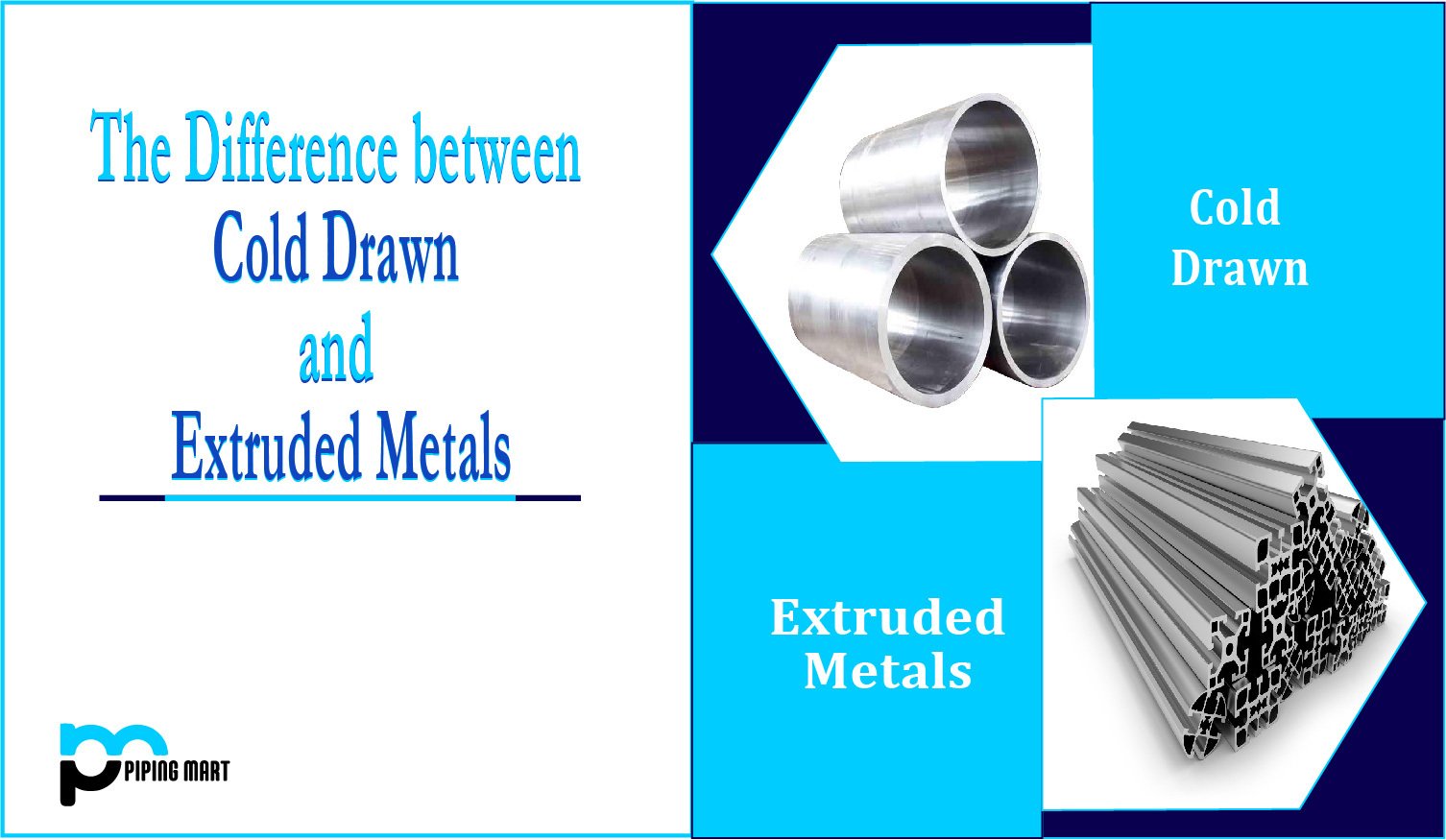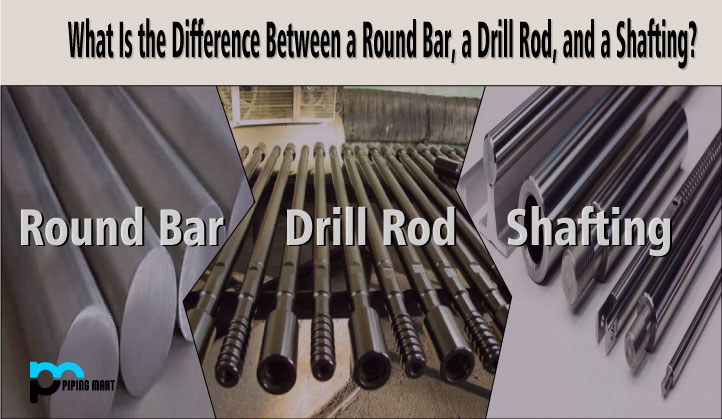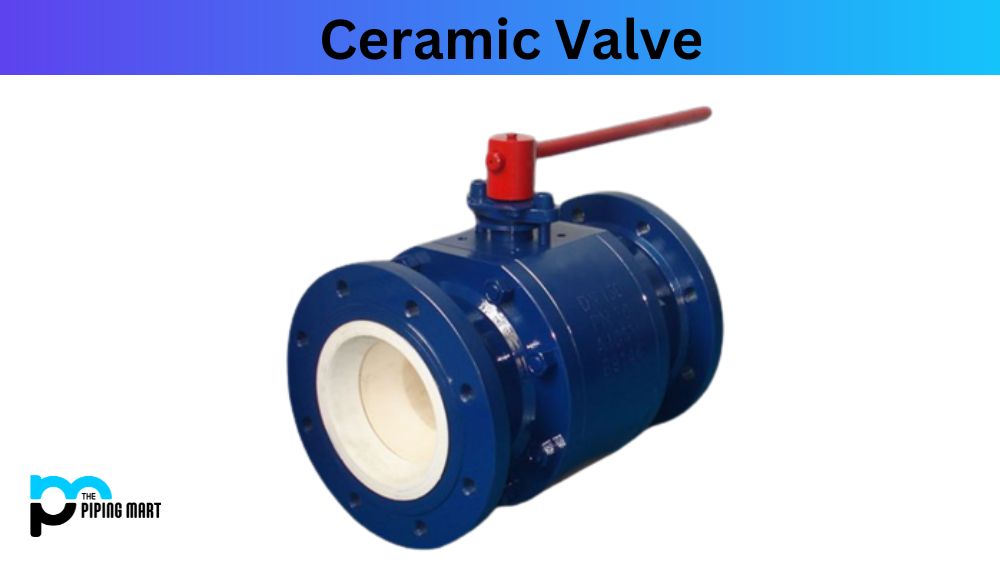Fusion welding is a popular technique to join two pieces of metal together. It is widely used in metalworking and can provide strong, durable welds. But while fusion welding has many advantages, it also has some drawbacks that should be considered before using the method. Let’s take a look at the pros and cons of fusion welding.
What is Fusion Welding ?
Fusion welding is a wildly popular technique for joining two pieces of metal together using intense heat and pressure. The concept is simple: by heating the metals until they melt, they become one cohesive unit once cooled. As the heated metals liquefy, they merge and mix, resulting in an incredibly strong bond. It’s a method that’s commonly used in a variety of industries, including automotive, construction, and manufacturing. Plus, fusion welding is known for producing a clean, finished aesthetic. Despite its effectiveness and efficiency, fusion welding requires a great deal of experience and expertise to master. But when done correctly, it’s a game-changing way to fuse metals together.
Advantages of Fusion Welding
Fusion welding offers several advantages over other types of joining methods, including:
Strength
Fusion welds are usually stronger than non-fusion welds, making them ideal for applications that require high strength, such as structural steelwork.
Durability
The heat from the fusion process creates an incredibly strong bond between two pieces of metal. This bond can last for years without any signs of wear or corrosion.
Precision
Using specialized tools during the fusion welding process ensures precise results every time and eliminates any risk of misalignment or uneven joints.
Cost-effectiveness
Fusion welding is generally more cost-effective than other joining methods since it requires fewer materials and less labor to complete the job correctly.
Versatility
The process can be used on many different types of metals, including aluminum, stainless steel, copper, and titanium alloys, making it highly versatile for multiple applications in various industries.
Disadvantages of Fusion Welding
The main disadvantage of this type of welding is that it requires high temperatures to melt the metal together, which can lead to warping or other deformations if not done properly. Additionally, fusion welds may require additional post-weld treatments, such as grinding or polishing, before they are ready for use due to possible residual stresses from the heat involved in the process, which could cause cracks or other defects if not addressed correctly beforehand. Finally, because this welding requires specialized tools and equipment, it may not be practical for specific applications where cost or size constraints are essential in choosing a joining method.
High Costs
Fusion welding is a type of welding that uses high heat to melt metal and join two pieces together. While fusion welding can create solid and permanent joints, it is also costly. Special equipment is required to weld metal using this method, which can be expensive. Additionally, the process of fusion welding generally takes longer than other methods of welding, which can also increase costs.
Requires Specialized Training
Another disadvantage of fusion welding is that it requires specialized training. Because the fusion welding process uses high heat to melt metal, those performing the weld must have the proper training and experience. Otherwise, there is a risk of serious injury.
Can Cause Metal Embrittlement
Another downside to fusion welding is that it can cause metal embrittlement. This occurs when the welded joint cools too quickly, which causes the metals to become harder and more brittle. If the joint is not adequately cooled, it can eventually break or fail.
Can Produce Harmful fumes
Another disadvantage of fusion welding is that it can produce harmful fumes. When metals are heated to high temperatures during the welding process, they can release harmful gases and particles into the air. These fumes can be dangerous to breathe in and cause health problems such as respiratory irritation or cancer.
Not Suitable for All Metals
Finally, fusion welding is only suitable for some types of metals. Some metals, such as aluminum, cannot be welded using this method because they do not respond well to high temperatures. In these cases, alternative forms of welding must be used.
Conclusion:
Fusion welding is an excellent choice when precision and strength are paramount considerations in a project since it produces strong bonds with minimal risk of error while being relatively cost-effective compared to other joining techniques available today. While there are some drawbacks associated with this method, such as possible warping issues due to heat input or additional post-weld treatments needed afterward, these issues can be quickly addressed with proper planning beforehand, so they don’t become major problems down the line when working on your next project requiring reliable joins between two pieces of metal!

A passionate metal industry expert and blogger. With over 5 years of experience in the field, Palak brings a wealth of knowledge and insight to her writing. Whether discussing the latest trends in the metal industry or sharing tips, she is dedicated to helping others succeed in the metal industry.




